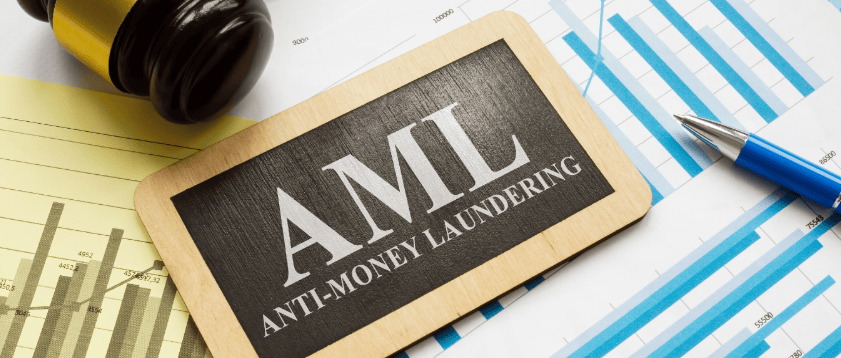
In today’s complex world of regulation, AML Risk Assessment has become a cornerstone for businesses in the UAE to remain compliant with anti-money laundering (AML) regulations. As financial crimes become increasingly sophisticated, conducting a robust risk assessment is critical for identifying, mitigating, and managing money laundering risks. This guide will break down the essential elements, best practices, and challenges of AML risk assessment while tailoring solutions to specific industries operating in the UAE.
AML risk assessment is a systematic process of identifying and evaluating risks associated with money laundering activities. It is a fundamental part of a risk-based approach in AML compliance, which prioritizes resources and measures based on the level of risk a business faces.
The Risk-Based Approach in AML Compliance
The UAE’s AML framework, governed by the UAE Central Bank and other regulators like the DFSA, mandates businesses to adopt a risk-based approach. This approach ensures:
By conducting regular AML risk assessments, businesses in the UAE can avoid hefty fines, maintain operational integrity, and contribute to the country’s fight against financial crimes.
An effective AML risk assessment involves several key components that help businesses identify, assess, and mitigate risks.
Understanding your customer is at the core of AML compliance:
Different products and services carry varying degrees of AML risk:
Geographic factors significantly influence AML risk. Businesses must assess:
Implementing automated systems to:

To ensure compliance and mitigate risks, businesses in the UAE can adopt the following AML best practices:
1. Implement Strong KYC/CDD Processes
2. Automate Risk Monitoring Systems
3. Conduct Periodic Reviews and Audits
4. Tailor AML Risk Assessments to Industry-Specific Risks
Industries like real estate, financial institutions, and DNFBPs (Designated Non-Financial Businesses and Professions) require tailored approaches:
Despite the importance of AML compliance, businesses often face several challenges:
Managing Large Data Volumes:
Evolving AML Regulations:
Addressing False Positives:
Despite the importance of AML compliance, businesses in Dubai often face challenges, such as:
1.Real Estate Professionals
2.Financial Institutions
3. Precious Metals and Stones Dealers
4. Lawyers, Accountants, and Auditors
A robust AML Risk Assessment is essential for businesses in the UAE to comply with regulatory requirements, safeguard operations, and combat financial crimes. By understanding key components, implementing best practices, and addressing challenges, businesses can build a solid AML compliance framework.
At Alchemist Accounting , we specialize in helping businesses design and implement tailored AML risk assessment solutions. Whether you’re a financial institution, real estate professional, or DNFBP, our expert team ensures you remain compliant and protected.
Contact us today for a personalized AML risk assessment consultation and stay ahead in the fight against financial crime.
An AML risk assessment is the process of identifying and evaluating risks related to money laundering and financial crimes to implement appropriate controls.
AML risk assessments help businesses comply with UAE AML regulations, avoid penalties, and mitigate the risks of money laundering.
Businesses implement a risk-based approach by identifying high-risk customers, transactions, and regions, then prioritizing resources to manage those risks.
Industries such as financial services, real estate, precious metals, law firms, and accounting firms must conduct AML risk assessments.
AML risk assessments should be conducted periodically, at least annually, or whenever there are significant changes in regulations or business operations.